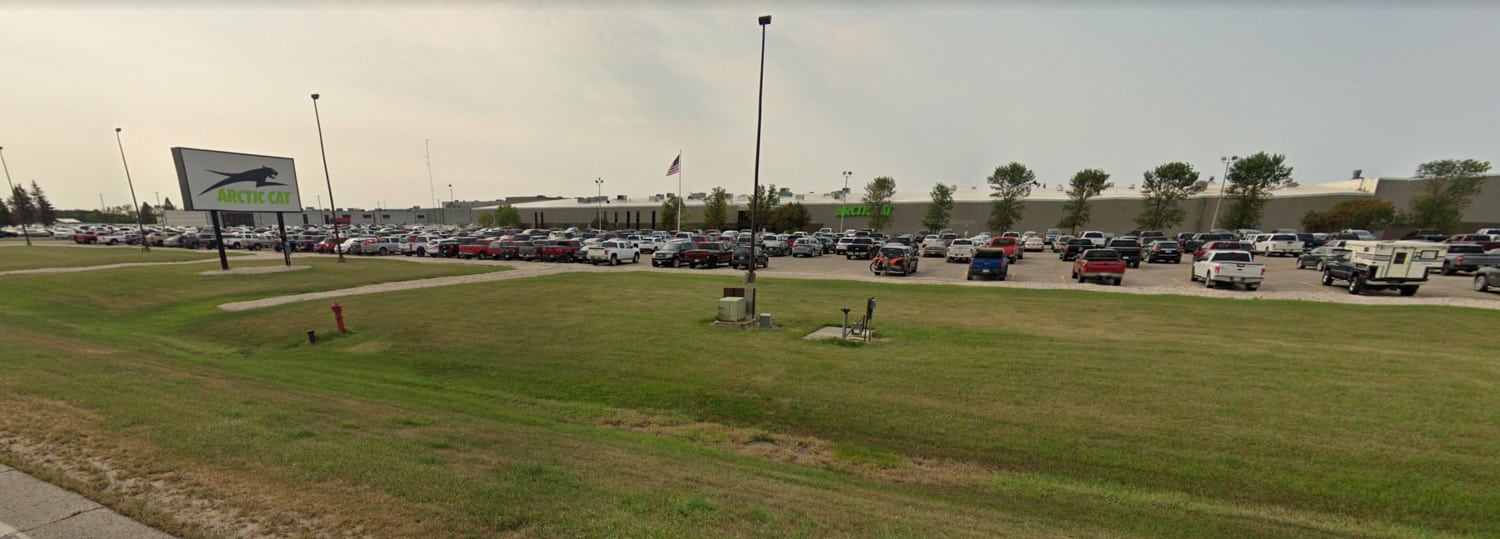I have been writing about the ATV world in general for eleven years (already!), both as an off-road vehicle tester and as a columnist on the ATV environment in Quebec. Yet I have never attended a manufacturer product launch. Not because my editor thought I was unpresentable in public, but rather because my professional responsibilities prevented me from going away for a few days. Having changed jobs, this oppressive reality has faded. Finally, one morning, the editor called me and said, “If you feel like it, Arctic Cat invites us to a product launch in Minnesota. It would be fun for you to experience this yourself! “. If it tempts me? I’ve been waiting for this for over 10 years! I feel excited like a kid receiving his Christmas present!
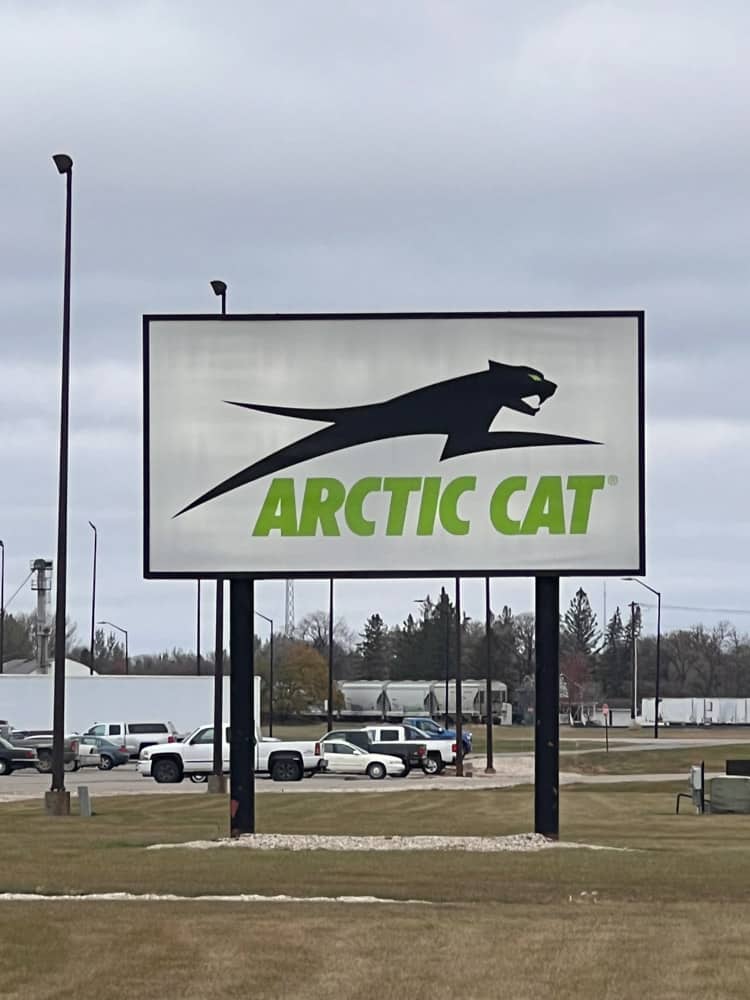
Obviously, travel logistics also being part of the adventure, we spend two out of three days in airports. It is then necessary to provide in a small package the protective equipment that will be necessary for the test part of the vehicles: warm and versatile clothing, because the weather between the seasons between autumn and winter is uncertain. You also have to think about technical equipment for taking photos, laptops, etc. In short, once everything has been chosen, the equipment is confined in the regulatory suitcases without problems.
As the road is long and this is my first, I travel with my good friend Denis Lavoie from Infoquad.com who has kindly accepted my company. It’s not the first time and, even if we work for different publications, we get along like thieves in a fair. We also have to think about the most advantageous route and Denis, who has already been to Thief River Falls, adopts a surprising route: domestic flights from Quebec to Winnipeg where we rent a car to cross customs in land mode to go to Arctic Cat. It is a trip of nearly three hours where we discover a typical prairie landscape: flat and with huge, well-harrowed fields.
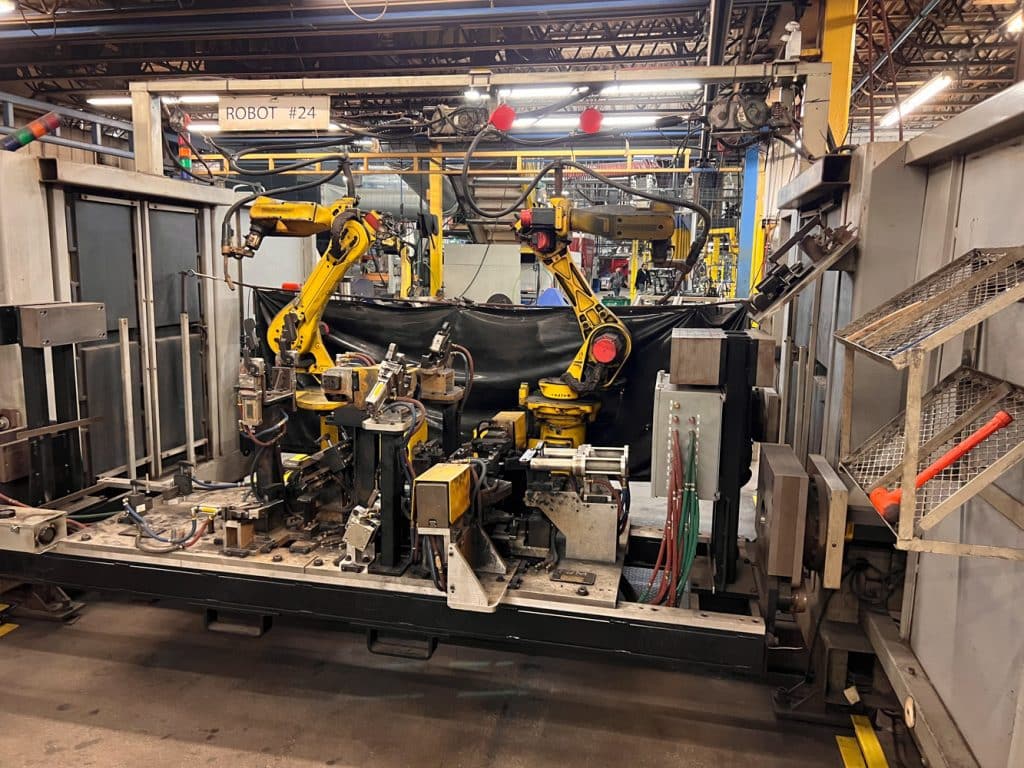
Although the whole travel plan is tied up to a quarter turn, we are never safe from the unexpected. For example, the return plane required us to be at the airport at 6 a.m., so to leave the hotel in Thief Rivers Falls at half past two in order to save ourselves a buffer of half a hour. Things were going well until we arrived at the Canadian border crossing of Lancaster where we ran into a nice yellow barrier with a lighted Stop sign. The border post is closed at night! It may be obvious to people in the region, but when you are 2500 km from home, it takes you by surprise and it suddenly increases the pressure in the passenger compartment of the car! In modern reflex, we take the cell phone and there is no signal. Impossible to wait for the opening, because the plane will not wait. Denis decides to turn back until we find the cell signal. Subsequently, we discover that the Emerson border post, located 30 minutes from our position, is open 24 hours a day. We rush there and we are happy to arrive at the airport on time, the mishap having eaten only 15 minutes of our time buffer.
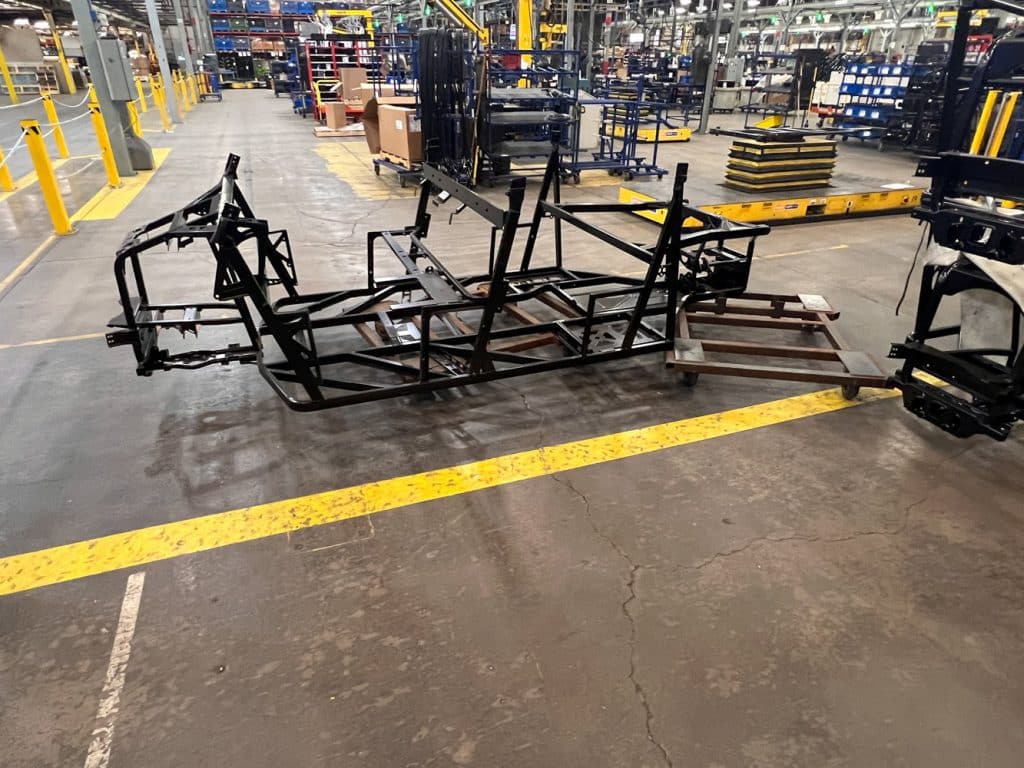
Technical briefing
Back to our visit to Arctic Cat. The day begins with a technical information session where we are gathered around a table in a meeting room. Mr Keppler, vice-president of sales and Mr Munsell, director of strategy for off-road vehicles, address the specialized journalists present. The brand having gone through difficult times since the introduction of Textron and it is difficult to understand the company’s strategies from the outside: abandonment of the Arctic Cat brand to adopt that of Textron Off Road then about-face to bring back the name Arctic Cat, introduction of a host of recent models like the Havoc, the Stampede which did not last long.
MM Keppler and Munsell explain to us that Arctic Cat has put its foot down by putting in place an ongoing investment plan based on three solid elements of the range: the Wildcat XX, the Prowler Pro and the new Alterra 600 The first two have received significant upgrades and the third is an entirely new vehicle introduced last year. Arctic Cat has a five-year plan to introduce new models. It seems that several interesting vehicles are in the pipeline, but obviously, we could not have any details on this subject except that the very high performance is not in the boxes for the moment. To do so, Arctic Cat has hired eight new mechanical engineers specializing in off-road vehicles and established an extensive testing program for new products and component selection.
Arctic Cat also recognizes the importance of strengthening its customer communication channels through a strong and efficient dealer network. These will be supported by training, marketing assistance, management of the dealer network in a more consultative mode and logically by the expansion of the network. To this end, Arctic Cat will be very selective about the quality of new dealers and would rather not have one than have a bad one. The tone of the speech was calm and we felt that MM Munsell and Keppler were not improvising. It’s nice to see the Cat showing its claws again!
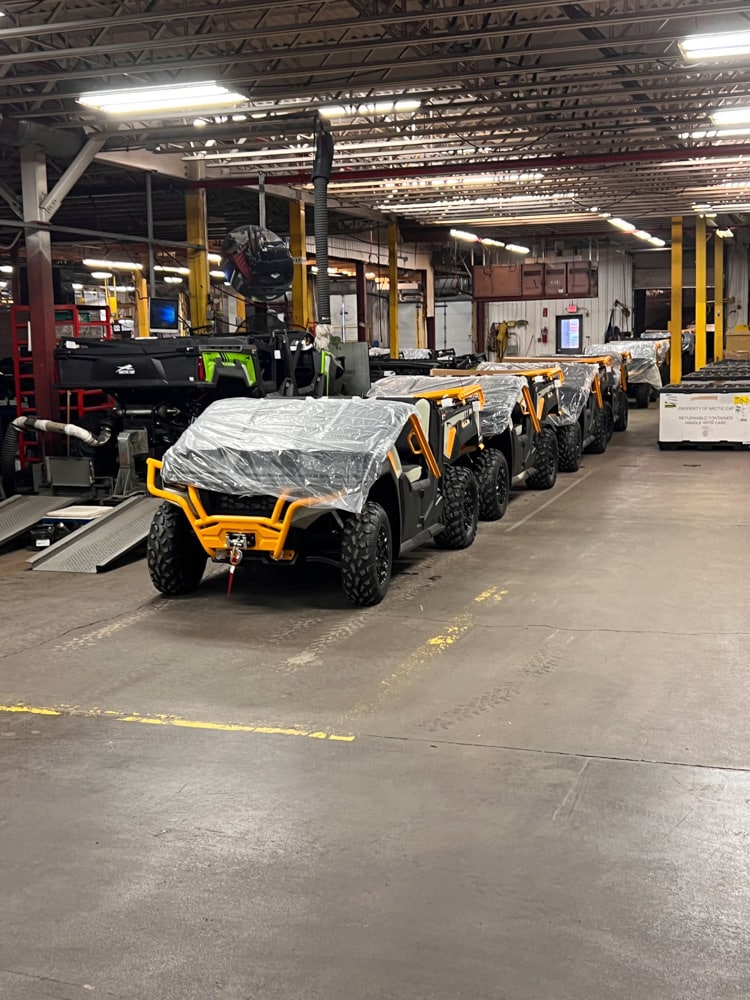
Factory visit
We were able to visit the Thief River Falls factory where all Arctic Cat quads and snowmobiles are assembled, with the exception of the rebadged Kymcos (Alterra 300, Alterra 450 and Alterra 90). The engines are assembled in another Arctic Cat factory in St-Clouds and are brought here to be assembled in the vehicles. Arctic Cat employs around 900 people, 600 of whom work on the assembly lines. The manufacturer, like everyone else in North America, is dealing with staff shortages. When we know that Thief River Falls is a municipality of approximately 9,300 inhabitants, we can understand that the pool of available labor is rather limited. There is therefore only one shift except in the paint department where there must be two to be able to maintain the rhythm of the global assembly line.
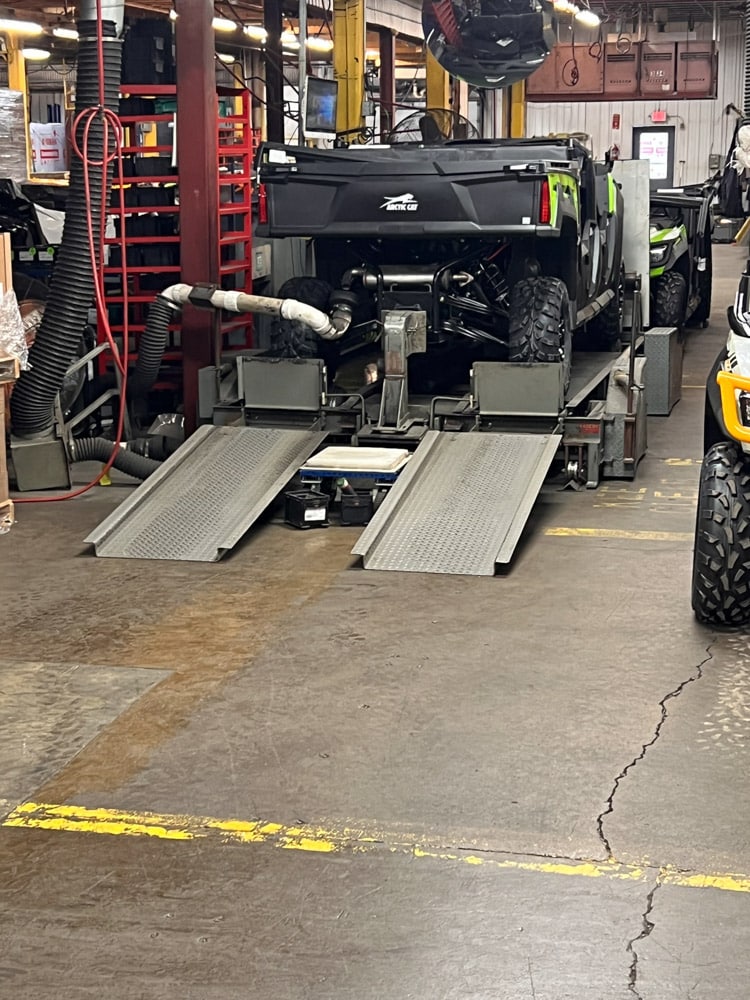
In order to overcome the lack of manpower and also to increase the level of quality, Arctic Cat relies on the automation of several aspects of vehicle assembly. For example, the manufacture of the frames is entirely robotized, thereby ensuring quality control of the welds and the straightness of the assembly of the frame members. The assembly line is laid out in such a way as to make life easier for the workers on the assembly line who work on dedicated workstations: conveyors which transport parts in batches for a precise assembly sequence, trolleys which follow a magnetic trace painted on the ground, which moves from station to station by optimally adjusting the height of the vehicle which is assembled to help employees.
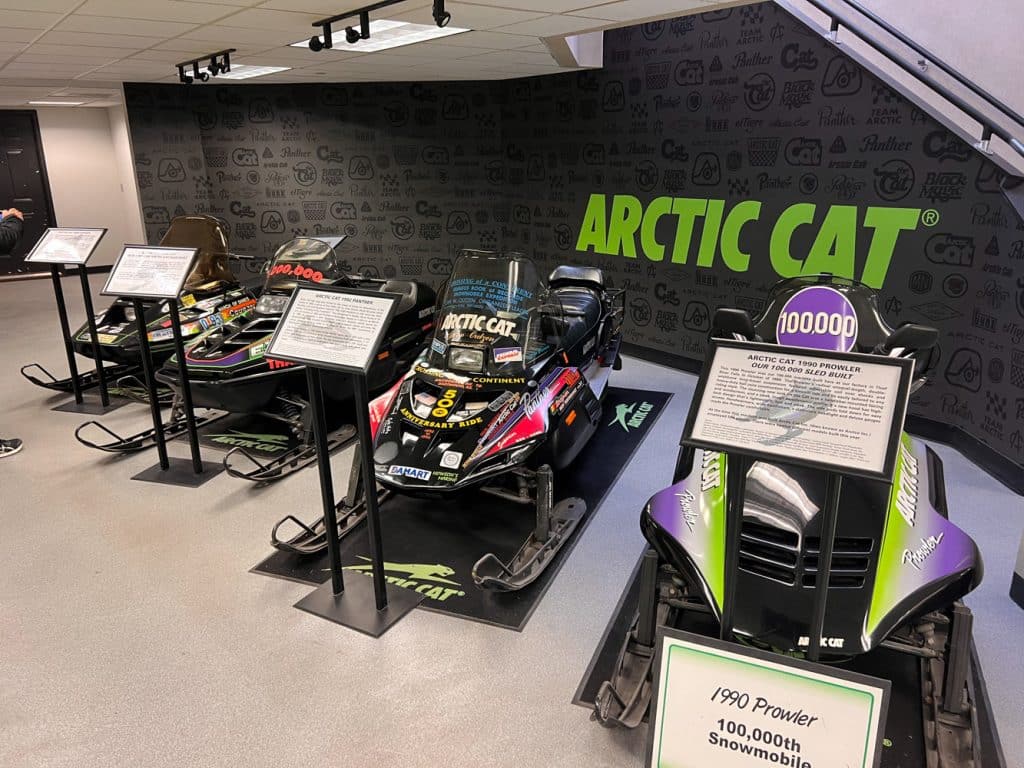
– The 100,000th snowmobile produced, a 1990 Prowler
– A 1992 Panther that crossed America, from Halifax to Anchorage
– 1,000,000 snowmobiles produced, one 1994 EXT
– A 1986 Cougar that traveled from Minnesota to Alaska and back for charity
Before being shipped, all vehicles that leave the factory undergo a dynamometer test to verify the proper performance of the vehicle’s powertrain. All components are checked: transmission ratios, lockable differentials, lighting and headlights. If a defect is found, the vehicle is returned to the factory for overhaul.


